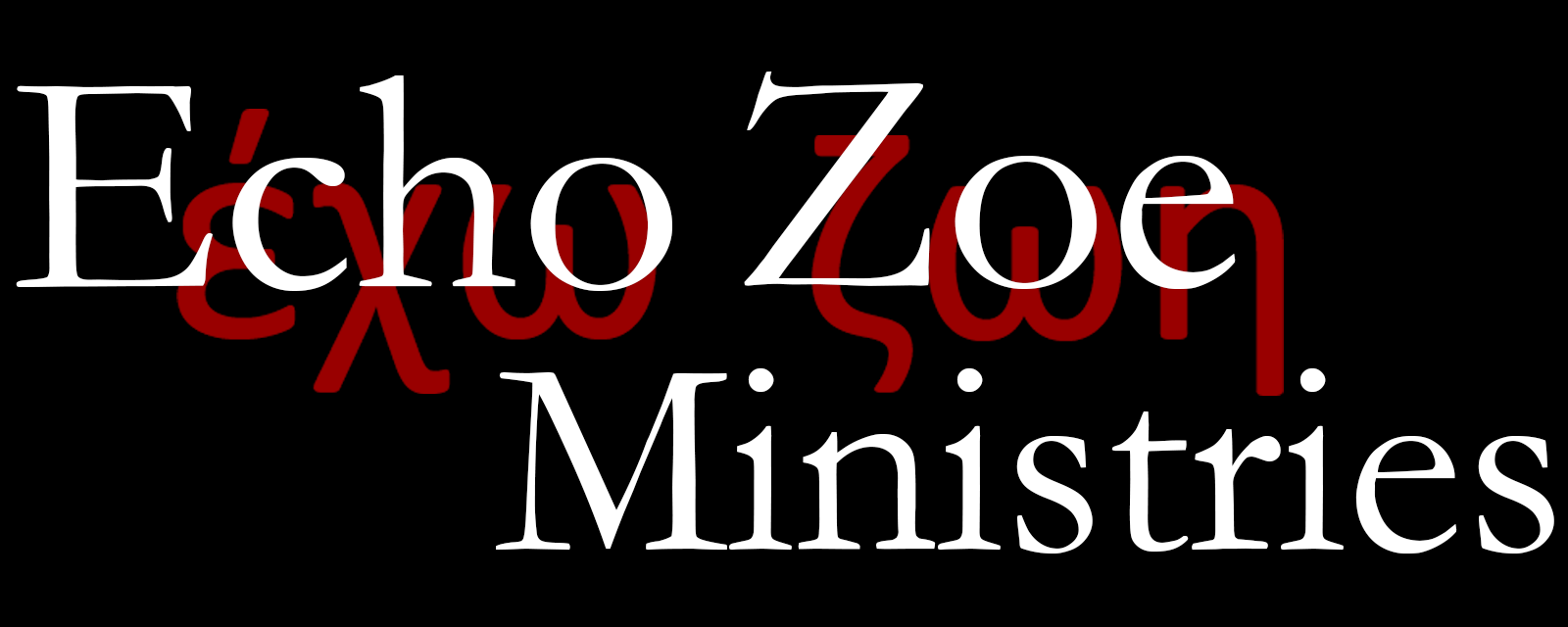Kofi Adu-Boahen is pastor of Redeemer Bible Fellowship in Medford, Oregon. When I asked him if he’d be up for doing another episode, and if he might have an interesting topic, he offered up Haggai, which he had preached through at church. Haggai prophesied to the post-exilic city of Jerusalem, to a people who seemingly forgot to rebuild the Temple.
Podcast: Play in new window | Download (Duration: 1:10:34 — 40.7MB)
Subscribe: RSS | Subscribe to Echo Zoe Radio
As mentioned in the introduction, please check us out on Locals!
Outline of the Discussion
- The topic of the Book of Haggai comes out of teaching that Kofi did at church.
- Haggai is roughly contemporaneous with Ezra and Nehemiah. It takes place following the exile in Babylon.
- Haggai was written in about 520 BC, roughly 20 years after the return from exile. The city of Jerusalem has been rebuilt, but the Temple has not.
- The theme of the book is God's calling of the people back to true worship of Him.
- Haggai, Zechariah, and Malachi were the post-exilic prophets; prophets of the restoration.
- It wasn't for lack of ability that the Temple wasn't rebuilt, but rather out of apathy.
- The theme of Haggai really stretches back to the beginning, particularly as found in Leviticus; God dwelling with His people.
- The exile should not have been a surprise. It came out of God's command to keep a sabbath for the land, which they disobeyed.
- Haggai is a continuation of a covenant relationship. It is easiest to understand with this in mind.
- Haggai is structured around four specific prophecies. The first (Haggai 1:1) is dated to August 29th, 520 BC. The second (Haggai 2:1) is dated to October 17th, 520 BC. The third (2:10) and fourth (2:20) came on the same day, December 18th, 520 BC.
- The four prophecies provide a simple outline of the book of Haggai.
- Cyrus provided the Israelites with what they needed to rebuild both the city and the Temple, yet the people hadn't gotten around to the Temple. God points out that they live in paneled houses (1:4), which is a sign of luxury, while His house remains in ruins.
- Side question: Did Kofi get to the bottom of the identities of Cyrus & Darius? There is some question as to whether they are the same person or different people. They may have been the Median and Persian names for the same person, or a name and a title. Or they may have been different people. Kofi ran into this issue too, but never got it resolved.
- Wouldn't the Persian leadership have been upset that the means were provided to build the Temple, yet it remained unbuilt?
- In the second prophecy, the one changes from apathy to disappointment. The second Temple is not as impressive as the first was.
- The third prophecy brings us back to another rebuke (as with the first.)
- The book of Haggai ends with very messianic language.
Scriptures Referenced
- Haggai
- Isaiah 44:28, 45:1
- Revelation 2:1-7
Additional Resources
- Haggai, Zechariah, Malachi – Joyce Baldwin
- The Message of Ezra & Haggai: Building For God (The Bible Speaks Today) – Robert Fyall
- Exalting Jesus in Zephaniah, Haggai, Zechariah, and Malachi – Micah Fries and Stephen Rummage
- Haggai, Zechariah and Malachi – Eugene Merrill





One thought on “Kofi Adu-Boahen: Haggai”